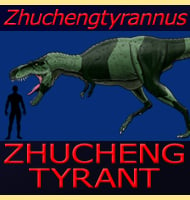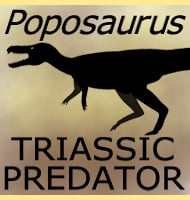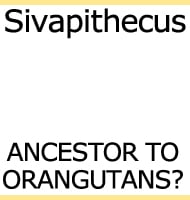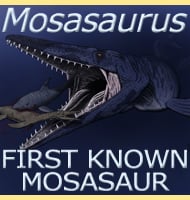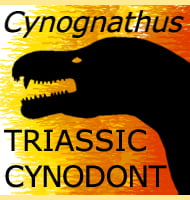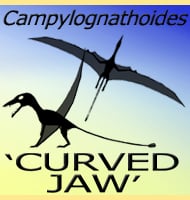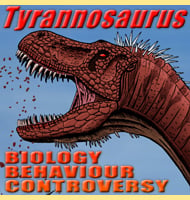In Depth
Halszkaraptor is without doubt one of the most interesting dromaeosaurid dinosaurs ever discovered. Although a dromaeosaurid dinosaur, Halszkaraptor seems to have lived more like a modern day semi aquatic bird.
Halszkaraptor could still walk about on land, the rear legs were easily strong enough for this. But the tail was not stiffened like it was in other kinds of dromaeosaurs. The tail was also shorter, shifting the bodies centre of gravity forward, something that would make swimming easier. The forelimbs were adapted to small flipper-like appendages, features that would have allowed Halszkaraptor to stroke through the water, further enhancing swimming.
The head also shows specialisation for aquatic hunting. When seen from above the snout is rounded into a rough spoon shape, increasing surface area for prey capture. Each premaxilla bone (the forward most tooth bearing bone in the upper jaw) has eleven teeth, which at the time of its description, more than any other known dinosaur. Further to this small channels in the skull of Halszkaraptor have been interpreted as being placements for electro-sensory organs, features that would have detected the body movements of aquatic creatures such as fish, even when Halszkaraptor could not actually see them.
These features combine to describe Halszkaraptor as a small dinosaur that may have hunted small fish in a similar manner to how a modern day merganser (sometimes called a goosander) does today. Aside from being a very interesting dinosaur, the discovery of Halszkaraptor also highlights the problem of the black market fossil trade. In many parts of the world it is illegal to take fossils across the border of the country where they are found (unless exceptional permission is granted from local authorities first). This has led to an illegal fossil trade where fossil poachers will illegally excavate or just steal fossils already dug up, and then smuggle them out of the country to sell on the international black market.
In the case of Halszkaraptor, the holotype fossil was taken from Mongolia, possibly from the Djadochta Formation, though that detail we cannot yet be certain about. This is because scientists did not finds out about it until 2015 when it appeared in Europe, going through other private collections in various countries first. Fortunately when it came into the ownership Fran�ois Escuilli�, he realised its importance and took it to a museum for palaeontologists to look at. Not only was it confirmed to be a new genus, and an important one, Fran�ois Escuilli� agreed to the type specimen being returned to Mongolian authorities. This is why the type species name of Halszkaraptor, H. escuilliei, was created in honour of Fran�ois Escuilli�. The genus name Halszkaraptor, is in honour of Polish paleontologist Halszka Osm�lska, for his work on many Mongolian fossils, especially those to do with dinosaurs.
Further Reading
- Synchrotron scanning reveals amphibious ecomorphology in a new clade of bird-like dinosaurs. - Nature. - A. Cau, V. Beyrand, D. F. A. E. Voeten, V. Fernandez, P. Tafforeau, K. Stein, R. Barsbold, K. Tsogtbaatar, P. J. Currie & P. Godefroit - 2017. - The body plan of Halszkaraptor escuilliei (Dinosauria, Theropoda) is not a transitional form along the evolution of dromaeosaurid hypercarnivory. - PeeJ. - Andrea Cau - 2020.

